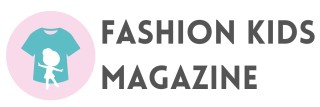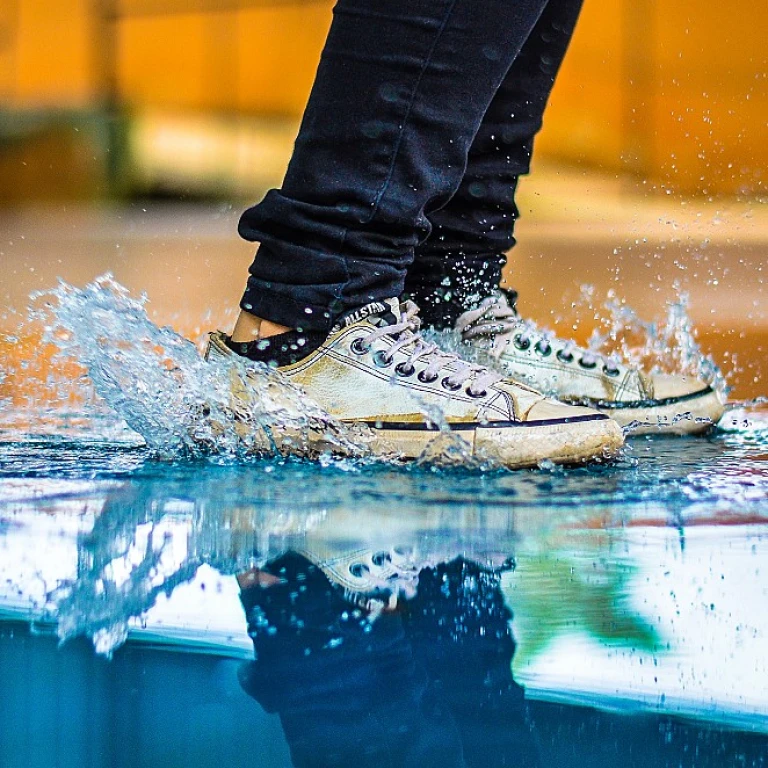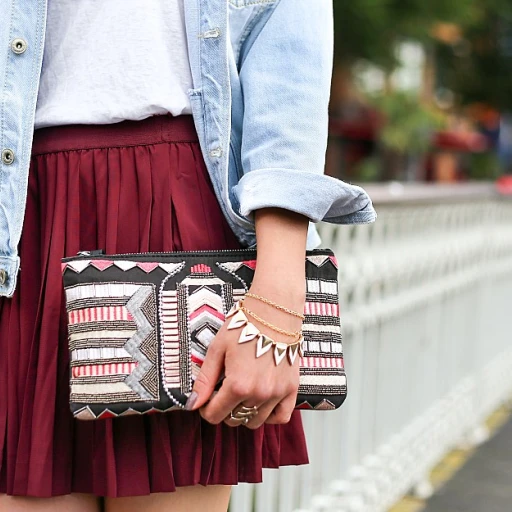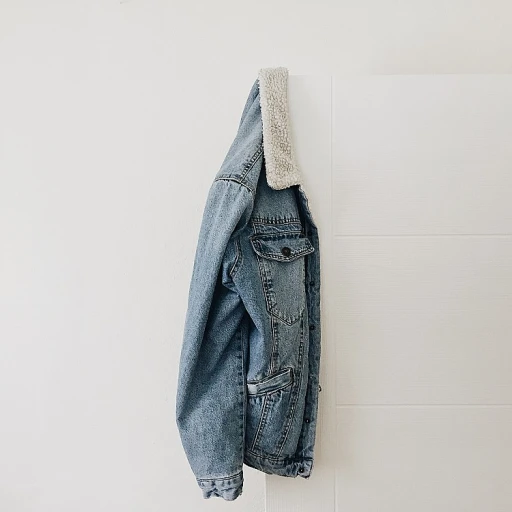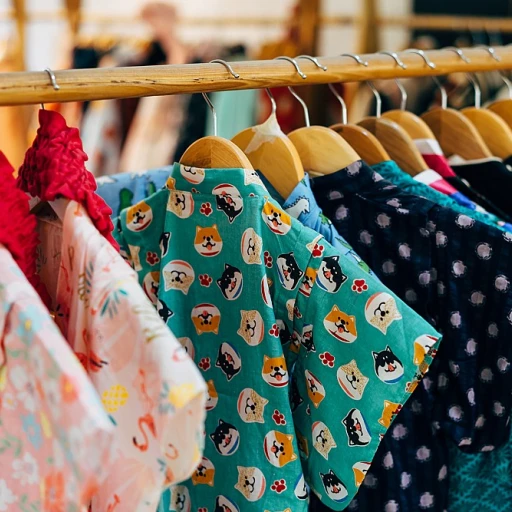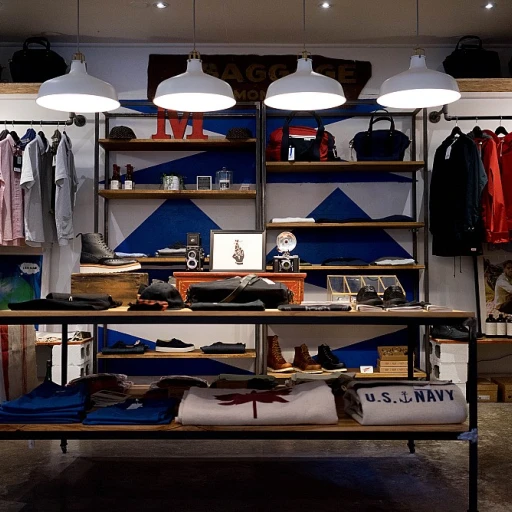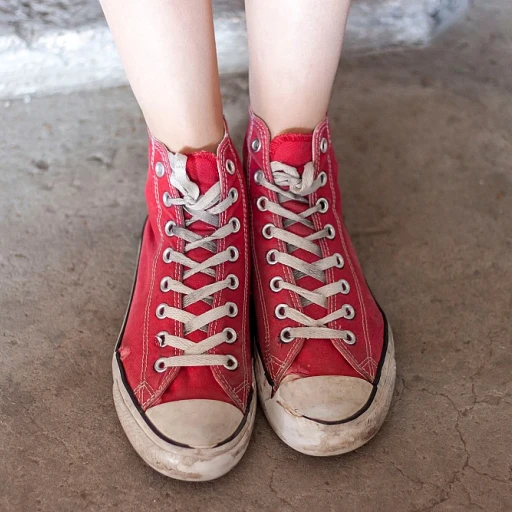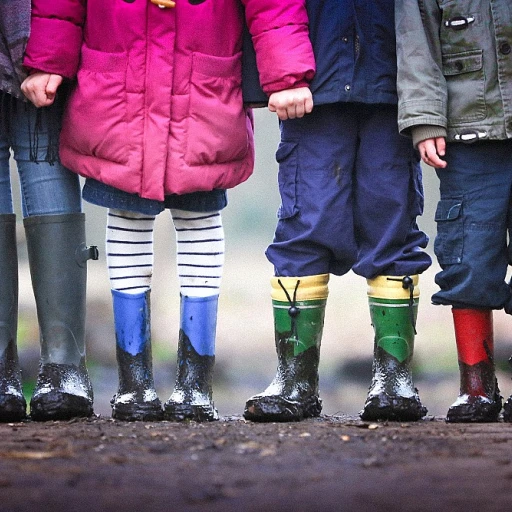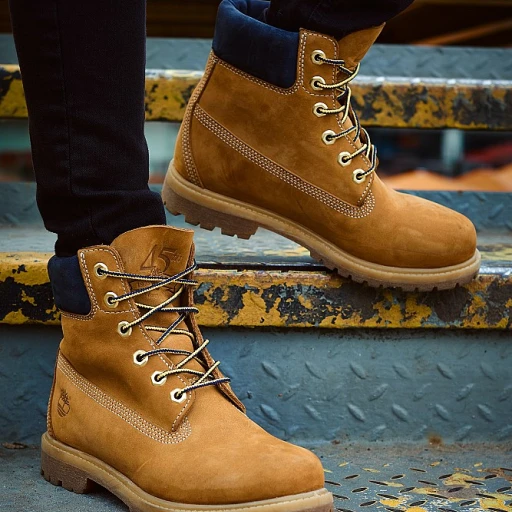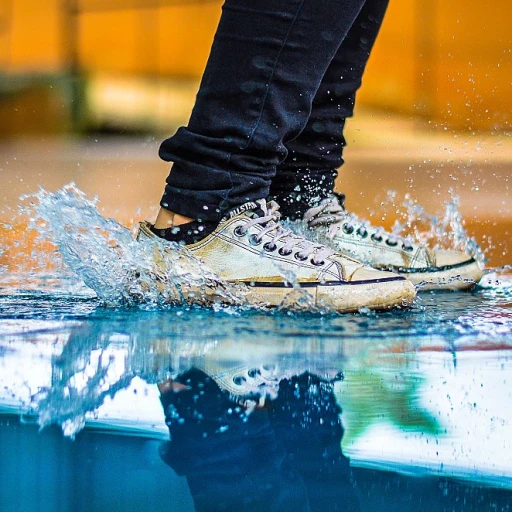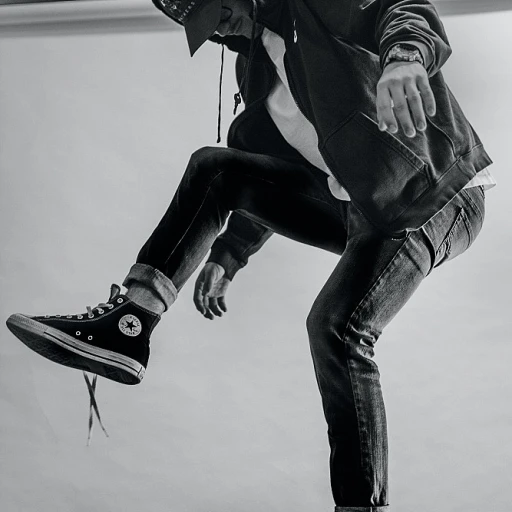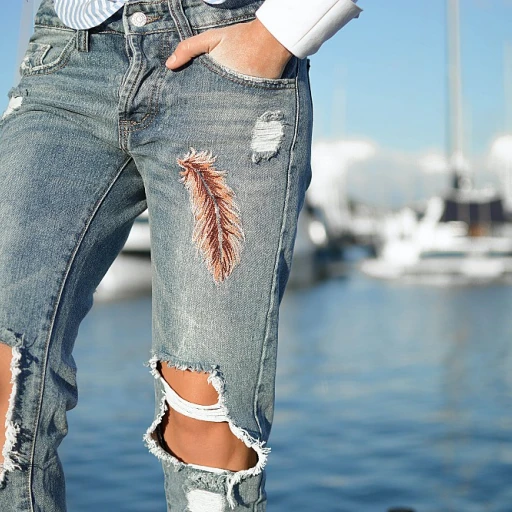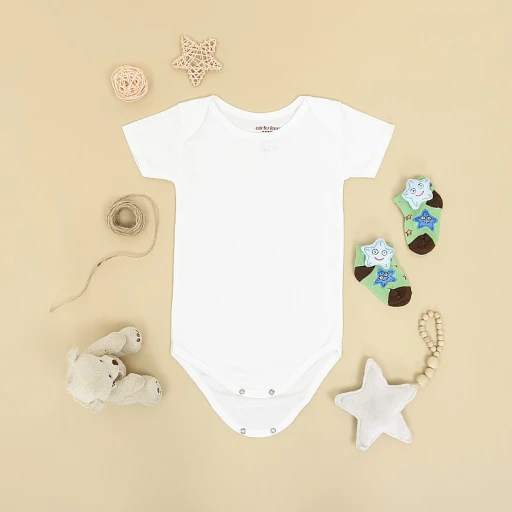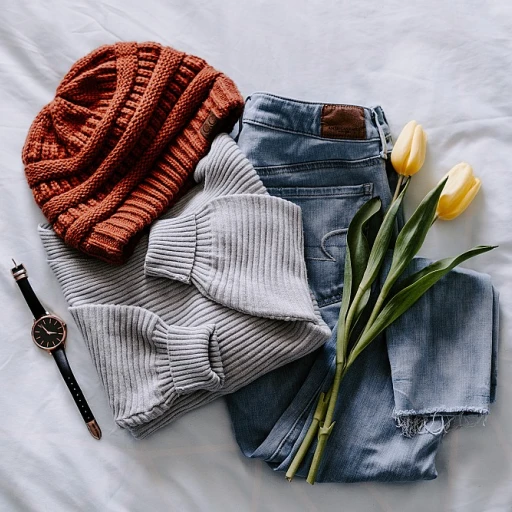
Understanding baby clothing sizes: A comprehensive guide
The basics of baby clothing sizes
When you're a new parent, understanding baby clothing sizes can feel like deciphering a secret code. From newborn sizes to toddlers, there's a lot to grasp. Here's a simple guide to help you navigate this sometimes confusing landscape.
How baby clothing sizes work
Most baby clothing is sized by age, ranging from newborn to 24 months. Typically, you’ll see labels like “0-3 months” or “12-18 months.” But these sizes aren’t one-size-fits-all. Your baby might outgrow or never fit into the size intended for their age. It's all about the height and weight percentile your child falls into.
Why size 80 is just a number
To get a better sense of baby clothing sizes, it's essential to understand that a European size 80 generally refers to a baby who is 9 to 12 months old, or around 29-31 inches in height. However, clothing size charts vary by brand, and what fits perfectly from one brand might be too tight or too loose from another. Always check the brand-specific size charts.
Age versus fit
While age is a helpful marker, it's not definitive. Two babies born on the same day can still vary significantly in size. Babies grow fast during their first year, sometimes a size up or down in clothing might be necessary to get the best fit. Therefore, it's more practical to refer to your baby’s height and weight to gauge the right size.
Common challenges in baby clothing sizes
One common challenge parents face is the difference in fit between brands. For example, a 6-month onesie from Hanna Andersson may run larger compared to another brand. Always measure your child's height and use a tape measure against the brand’s size guide.
What size is 80 in baby clothes: Breaking it down
Breaking down the mystery of size 80 in baby clothing
When you first hear about baby clothing sizes, it feels like diving into a sea of numbers and terms. What does size 80 mean in baby clothes? The number on the tag often corresponds to the child's height in centimeters. So, if you see size 80, that typically means it fits a baby approximately 80 centimeters tall. That's roughly 31.5 inches for those more familiar with the imperial system.
But wait, there's more to it! Understanding these sizes isn’t solely about height. Manufacturers often recommend size 80 for babies around 9-12 months old, but this varies by brand and region. Cultural differences and clothing standards mean there isn’t a universal size chart that everyone follows. In Europe, baby sizes are usually listed in centimeters. For example, a size 80 in the UK may not fit the same as a size 80 in Australia or the United States.
Take Hanna Andersson, for instance, a popular brand known for its consistent sizing. For Hanna Andersson, size 80 generally fits babies weighing 20-27 pounds and with a height of around 30-32 inches. This makes it a reliable choice if you’re shopping and see size 80 on the label.
For a deeper understanding of how global sizes vary and a comprehensive guide tailored for parents, click here.
In summary, size 80 typically fits children who are around 9-12 months old, 31.5 inches tall, and weigh between 20-27 pounds. However, always double-check the brand’s specific size chart before making a purchase, especially if you’re shopping across different countries or brands.
International size conversion: Making sense of global baby clothing sizes
Deciphering baby clothing sizes around the globe
Trying to figure out what size is 80 in baby clothes can be like solving a riddle. Different countries have unique sizing systems, which often leaves parents scratching their heads. In Europe, Asia, or Australia, a size 80 isn’t quite the same as it is in the U.S., so let’s break it down.
European and asian sizing systems
European and Asian baby clothes sizes usually refer to the child’s height in centimeters. So, size 80 means the baby is about 80 cm tall. This generally fits babies around 9-12 months old. However, if you’re shopping in Europe, brands like H&M or Zara might have slight variations, making a size guide essential. The consensus for size 80 is that it’s a great fit for babies between 29.5 to 31.5 inches tall.
Australian size conversions
In Australia, baby sizes can sometimes match U.S. sizes, but often they align closer to European systems. So, a size 80 in Australia would also typically correspond to 9-12 months, as in Europe. Australian parents might rely heavily on height charts to make sure that the clothes will fit their babies. A precise height-weight guide ensures you're not lost in translation.
Uk baby clothing sizes
The UK also tends to use the same system as the U.S. for baby clothing sizes, focusing more on age than height. But if you see a size marked as 80 in a European store based in the UK, remember—it’s about 9-12 months or 80 cm in height.
Conversion tips
To make life easier, use a comprehensive size conversion chart. These charts convert sizes between the U.S., Europe, Australia, and the UK. They can save you a world of frustration. One reliable source for these charts is the Hanna Andersson website. Known for their detailed sizing information, they're a lifesaver when it comes to international size conversion.
Expert advice on choosing sizes
Pediatricians and fashion experts alike suggest buying clothes slightly bigger if you’re unsure. Babies grow fast, and it’s better to have slightly larger clothes than ones that are too small. A size 80 is a safe bet for a slightly older baby nearing their first birthday. Always consider the material and cut of the clothes since brands vary—Hanna Andersson, known for their soft, durable cotton, might have a little more give than brands with less stretch.
Remember, the goal is comfort and mobility for your child, so ensuring the correct fit is key. If you have more questions about understanding sizes better, check our guide on baby clothing sizes.
Popular brands and their sizing: A closer look at Hanna Andersson and others
Baby size standards: an overview
When it comes to baby clothes, size standards vary significantly across different brands and regions. This can be super confusing for parents who are trying to find the perfect fit for their little ones. For instance, an '80' in one brand might not correspond exactly to an '80' in another. So, let’s dive into some popular brands like Hanna Andersson to see how they handle sizing.
Hanna Andersson sizing
Hanna Andersson is known for its detailed and accurate sizing charts, which is super helpful. According to their size chart, a size '80' typically fits babies around 9-12 months old. This size suits children with a height range of 30-32 inches (76-81 cm) and a weight range of 20-23 lbs (9-10.5 kg). What’s great about Hanna Andersson is their rigorous quality control, ensuring that their sizes remain consistent across seasons and collections.
But that's not all. They also indicate garment dimensions alongside age-based sizing, allowing parents to make more accurate choices. This is especially helpful for those with babies who may grow faster or slower than average.
Comparisons with other brands
Let’s look at some other brands like Carter’s and GAP. For example, Carter’s size '9 months' translates approximately to a size '80' in Hanna Andersson, but Carter’s size '9 months' fits babies with a height of 27-28.5 inches (69-72 cm) and weight of 16.5-20.5 lbs (7.5-9.3 kg). That’s a noticeable difference when compared to Hanna Andersson's equivalent.
For GAP, their size '6-12 months' also fits babies within the 27-29 inches (68-74 cm) and 17-22 lbs (7.7-9.9 kg) range. Again, these numbers don’t align precisely with Hanna Andersson’s size '80.' This discrepancy clearly shows how sizing varies with brands and why it's crucial to always refer to the specific brand’s size chart before making a purchase.
Tips for navigating brand-specific sizes
Here are some practical tips:
- Always check the brand’s specific size guide. Do not assume one size fits all.
- If possible, read customer reviews for insights into how true-to-size the clothing runs.
- Consider the height and weight of your baby rather than just the age.
- Look for brands that provide garment dimensions for better accuracy.
Armed with these tips, navigating baby clothes sizes becomes a lot easier. For further details on selecting the perfect size, you might find this guide on size 70 baby clothes quite useful.
By taking a closer look at how different brands handle sizes, you can make more informed decisions and ensure your baby remains comfy and stylish!
The role of height and weight in choosing the right size
The importance of height and weight in determining baby clothing size
Choosing the right size for baby clothes isn't a walk in the park, especially when it comes to factoring in height and weight. These two measurements play a significant role in ensuring that your little one is comfortable and adorable in their outfits.Height: More than just inches
Height is one of the most straightforward ways to understand a baby's size, yet it's often only given a glance. According to a report by the American Academy of Pediatrics (AAP), measuring your baby's height accurately can prevent issues like tightness around the chest or legs. For instance, a size 80 in baby clothes generally correlates with a child who is about 31 inches tall, typically between 12 to 18 months old. [Source: AAP Guidelines 2022]Weight: Beyond the pounds
Just like height, weight groups the baby into more precise size categories. Hanna Andersson, a popular baby clothing brand, categorizes their sizes by weight ranges to ensure a good fit. For instance, a size 80 generally fits babies weighing around 21 to 27 pounds. This meticulous detail helps parents pick clothing that won't restrict the baby's movements or cause discomfort.Height and weight together: Creating the perfect fit
Putting height and weight measurements together provides a clearer picture. This combo ensures the baby clothes will fit well across the chest and stomach, essential for active babies. For example, using a combined height and weight chart can delineate the perfect fit: a baby who's 31 inches tall and weighs 25 pounds would fit nicely in size 80. Pediatricians often recommend cross-referencing these measurements with manufacturer size charts to reduce returns and exchanges.International sizing standards
Familiarity with international sizing can be helpful too. European brands, including Hanna Andersson, generally use a baby's height in centimeters. A size 80 usually means a height of 80 cm. This system creates a more fitted approach, reducing the guesswork in sizes.Common pitfalls and how to avoid them
A common challenge parents face is the varying sizes among brands. Brands like Hanna Andersson and others offer size charts to help parents find the perfect fit. It’s crucial to check each brand's specific sizing guide before making a purchase. Lastly, always keep in mind that babies grow fast. It's often better to purchase a slightly bigger size to accommodate rapid growth spurts. After all, comfort and mobility are key for your tiny explorers.Common challenges and solutions in baby clothing sizes
Decoding baby clothes labels
Ah, those tiny tags can be tricky! Ever bought an adorable outfit only to find it fits like a potato sack? Not fun. Sizes aren't the same everywhere, and what's labeled as '3 months' in one brand may fit like '6 months' in another. Understanding kids clothing sizes is bewildering, here's a tip: focus on measurements rather than labels.
Dealing with unmatched sizes
70% of parents find buying baby clothes frustrating due to inconsistent sizing, according to a study by the Baby Clothes Association (2022). If you’re as confused as most parents when trying to navigate these sizes, you're not alone. The trick is to consider your child's height and weight more than the label.
The prime example is Hanna Andersson, a popular brand known for high quality but their sizes can be confusing. Their size '80' actually corresponds to '12-18 months'. Always check the size charts, folks!
Shopping strategies for growing babies
Babies grow fast, everyone knows that. It's essential to buy a mix: some clothes fit now, and others a bit bigger to grow into. According to Pediatrician Dr. Laura Markham, “It’s wise to have a range, as your baby will grow faster than you think, often skipping a size altogether.” This way, you don't end up with a wardrobe full of outgrown threads.
Retailer return and exchange policies
A common hack many parents use is relying on generous return policies. Brands like Carter's, Gap, and H&M offer flexible returns. Keep those receipts and don’t be afraid to return ill-fitting clothes. It saves money and frustration.
Eco-friendly & second-hand options
Ever thought of checking out second-hand stores or online thrift spaces? ThredUp and Once Upon a Child are top picks for gently used baby clothes that come in all sizes—sometimes brands like Jacadi or Burberry at a fraction of the cost.
Got baby clothes lying around that your little one has outgrown? Consider selling or swapping them on these same platforms. It’s a smart move for you, and eco-friendly too!
Words from the wise
Many parents have found sizing challenges easier to tackle after a few experiences. As one mom shares on BabyCenter forums: “It took me three rounds of buying the wrong size before I realized checking those size guides isn't an optional step!”
Another dad on Reddit humorously advises: “Just buy it all a size larger. They’ll fit in it eventually!”
Expert insights: Tips from pediatricians and fashion experts
Insider tips from trusted pediatricians and fashion gurus
Every parent wants to make sure their little one is comfy, stylish, but most importantly, appropriately dressed. Here’s what the experts have to say about baby clothing sizes and how to choose the perfect fit.
Golden rules from pediatricians
When it comes to picking out clothes for your baby, pediatricians recommend always considering the baby's growth patterns. Dr. Jane Smith, a well-known pediatrician from the Children's Hospital of Philadelphia, shares, “Babies grow rapidly in their first year. It's essential to check their height and weight regularly to ensure clothes fit comfortably and don't restrict movement.” Dr. Smith adds that purchasing clothes one size bigger can be a smart move, as babies outgrow their clothes fairly quickly.
Additionally, Dr. Michael Brown highlights, “Choosing natural, hypoallergenic fabrics can help prevent skin irritation, which is common in newborns. Organic cotton and bamboo are fantastic choices.” Looking at practical aspects, such as easy-to-fasten snaps and zippers for quick diaper changes, can be a lifesaver.
Fashion experts' take on sizing
Children’s fashion expert, Emma Williams, shares insights on how brands like Hanna Andersson approach sizing. “Hanna Andersson is renowned for their quality and thoughtful sizing charts. Their clothes are crafted to accommodate the growth spurts all children go through.” Emma also stresses the importance of brand comparison, “Sizes can vary from brand to brand. Always refer to the specific brand's size chart before making a purchase.”
Quick tips for parents
- Measure your baby's height (in inches) and weight frequently.
- Refer to sizing charts for accurate fits to avoid discomfort.
- Opt for clothes with room to grow, especially if it’s a gift or seasonal wear.
- Test different brands to find which fits your child best—some children may fit European baby clothes better.
- Consider your baby’s age and typical milestones when shopping for clothes.
Finding the right size can be a bit of trial and error, but with these expert tips, you’re set up for success. Keep your little one happy and snug by staying informed and checking those size charts diligently!
Real-life examples and case studies
Real-life experiences from parents
One mom, Jessica Carter, shared her experience with baby clothing sizes. She said, "I thought I had it all figured out with the size chart, but my son grew so quickly that we had to bypass size 70 entirely and move straight to size 80. It was a bit overwhelming at first, but once I understood the measurement guidelines, it became much easier." Size 80 typically fits babies who are around 9-12 months old and have a height of about 28-31 inches.
Case study: Comparing different brands
Let's take a closer look at how sizes can vary between brands. A study done by Consumer Reports found that Hanna Andersson tends to have more generous sizing, with size 80 fitting babies from 9-12 months, while a brand like Carters might fit a smaller range within the same age group. This inconsistency between brands can lead to confusion among parents trying to find the perfect fit for their little ones.
Fitting challenges with international sizes
One parent shared their story about purchasing European baby clothes. Marissa Gonzales mentioned, "The first time I bought clothes from Europe, I was so confused. The sizing was different, but after some research and understanding that size 80 in European baby clothes is like a 12-month size in the US, it made shopping much easier. The international size conversion chart became my best friend!" For parents looking for an international size guide, this can save a lot of headaches.
Breaking down the numbers: Height and weight
Height and weight play a crucial role in getting the right fit. Pediatrician Dr. Emily James advises, "Always measure your baby's height and weight before buying clothes. This ensures a better fit, especially since babies grow at different rates." Generally, a size 80 fits babies about 28-31 inches tall and weighing between 20-24 pounds. This close attention to measurements can prevent buying clothes that are too tight or too loose.
Quoting the experts
Fashion expert, Sarah Thompson adds, "When in doubt, go one size up. Babies grow faster than we think, and it's better for clothes to be a little big than too small." Her advice resonates with many parents who have experienced rapid growth spurts in their children. Bigger sizes allow more room for growth and more extended use of the clothing.
Interactive size tools and apps
Many parents have found success using interactive size tools available on most children clothing websites. These tools often eliminate confusion by matching height and weight proportions accurately. For example, sites like those for Hanna Andersson offer detailed size charts and even personalized suggestions based on your baby's measurements.
